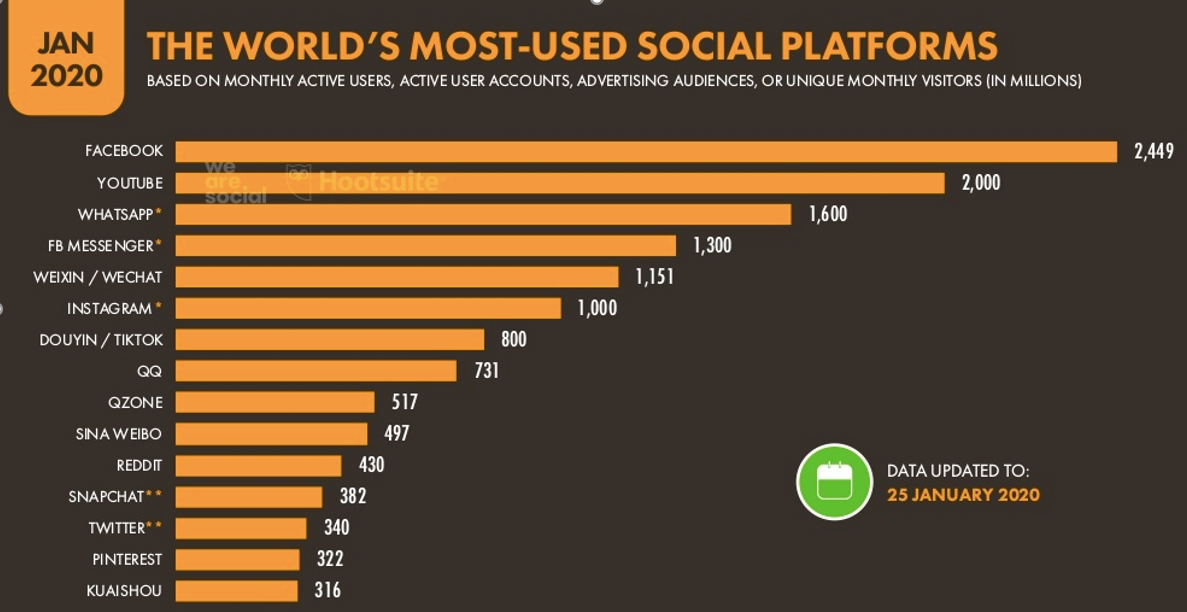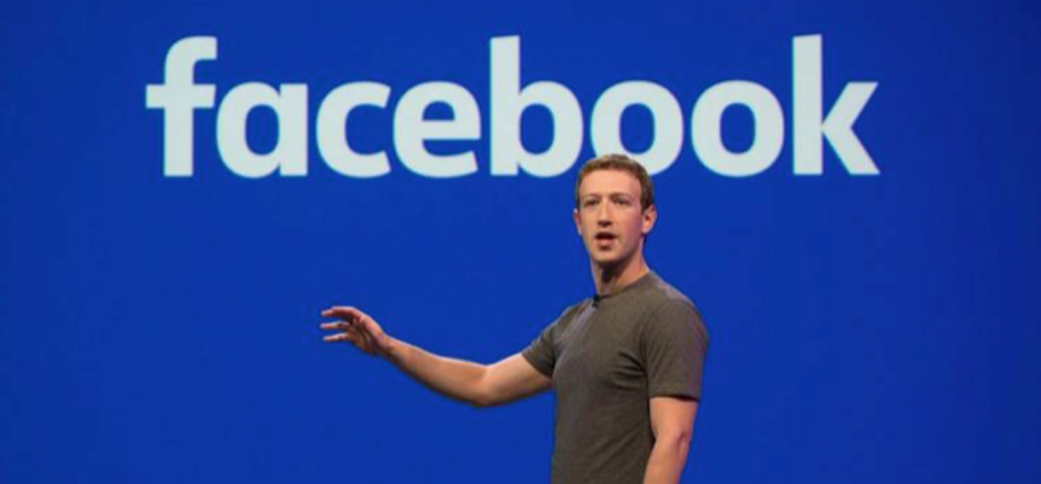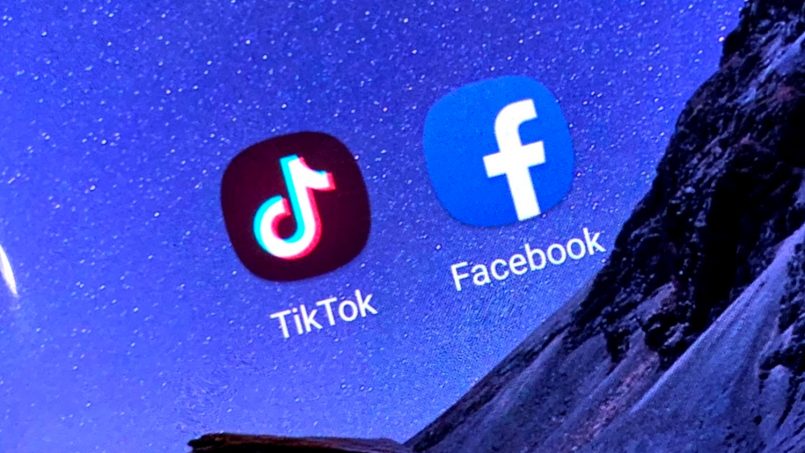In the digital economy, the race is often won by first innovators with more agile and creative than even the most successful first movers. Take the case study of Snapchat. Launched in 2011, it quickly stick to millions of young generation with a standalone app on which shared photos disappear after 24 hours.
Facebook reportedly tried their level best, but failed to buy Snapchat INC. So it did the next best thing to copy and follow some of their features. Facebook-owned Instagram simply replicated the main features of Snapchat, forwarding ahead out Instagram Stories in 2016. In just a year, Instagram had crossed Snapchat’s daily active user numbers and then some while the latter faltered.
The usual approach taken by first movers to protect their lead involves heavy investment in deploying their innovative know-how through in-house knowledge transfer and collaboration. The problem, as we’ve argued, is that companies that invest in leveraging their knowledge internally can actually end up benefiting the competition as much as themselves, particularly when the knowledge is easy to copy and can be shared among many rivals. We call this the knowledge-spillover sharing effect.
Given this, is there any hope for an innovator to succeed in the face of copycats? The right formula, is one of complex continuous innovation, where individuals in the firm use recombination to repeatedly reconfigure elements of their existing knowledge, fusing this together to deliver new product solutions. While such a strategy can overcome the innovator’s imitation dilemma by thwarting rivals knowledge-spillover sharing effects, we also show that it can only do so if innovators tackle complex opportunities that are composed of many interdependent features. Let’s look at a couple of case studies demonstrating the approach in action.
#1: How TikTok outsmarted Facebook

Source: hootsuite
The high rise of TikTok, the short-form video sharing service owned by China based ByteDance, is instructive. Created in 2017, TikTok has reached 1 billion users faster than any other platform, and is consistently one of the top downloaded apps. According to Mark Zuckerberg, “the first consumer internet product built by one of the Chinese tech giants that is doing quite well around the world.”

TikTok’s growth and competitive advantage comes from its ability to combine and recombine products and services from different categories. On the consumer side, TikTok’s algorithms quickly learn individual preferences by capturing users’ likes, comments, and time spent on each video.
On the development side, AI simplifies video editing and suggests music, hashtags, filters, and other enhancements that are trending or have been proven popular. Essentially, TikTok has recombined elements of these different technologies and applications to create a new category of bite-sized amateur entertainment, distinct from the chronicling of real life offered by Facebook.
Facebook’s efforts to replicate its triumph over Snapchat through imitation have thus far come to nothing. The social-media giant’s nixing of Lasso, the TikTok clone, in July speaks to the difficulty of emulating the Chinese app.
#2: Outracing imitators the Spotify way
Another good example of using complex continuous innovation to stave off copycats is Spotify. Its seemingly simple music-streaming service is in fact a complex combination of a dynamically changing user-interface, behavioral prediction algorithms, and an ever-expanding catalog of music. Spotify learns a customer’s preferences and uses population-level predictions to suggest content that will ensure stickiness. So successful is Spotify at innovating in a complex opportunity space that it has kept mighty Apple at bay. Despite extensive promotion of its service, Apple Music has not been able to capture a significant share of the music streaming market. Spotify meanwhile has continued to innovate via recombination, adding new features and categories that marry technology with content. The most recent example is its foray into podcasting, hitherto Apple’s domain, with a $100-million exclusive deal with popular podcaster Joe Rogan.
Thanks to HBR for information. Above article is developed by understanding HBR. For more information, you can contact us
www.ai.sapalogy.com
Sapalogy Pvt Ltd
9175978889


